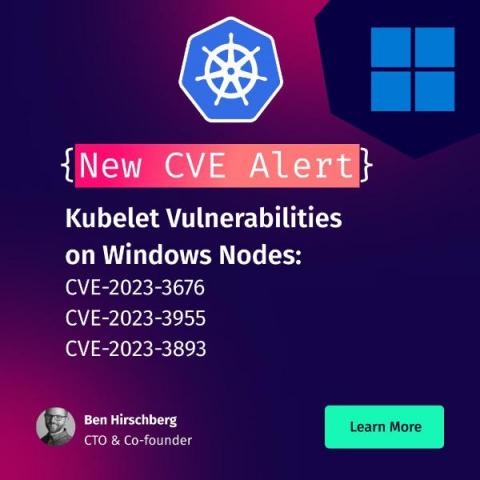Sidecar Containers in Kubernetes: A Personal Journey
I had always wanted to use sidecars with Istio or Splunk forwarder in production, but as a Kubernetes maintainer, I knew there was no reliable way of telling Kubernetes to ensure sidecar containers were kept running before and after the main application. In this post I will share the twists and turns of my adventure in addressing this long-standing Kubernetes challenge.











